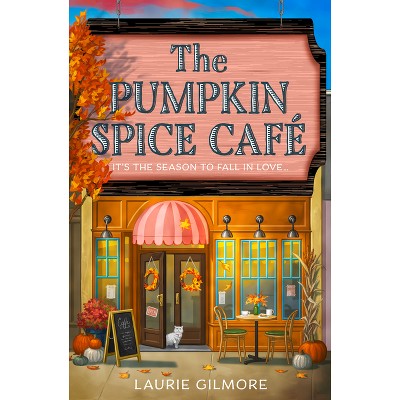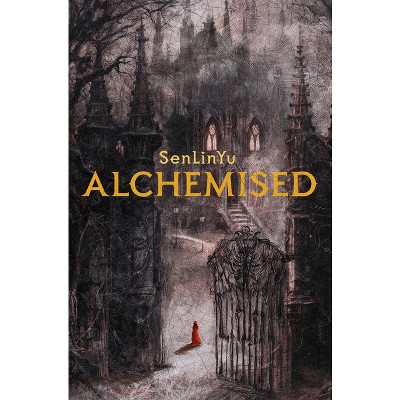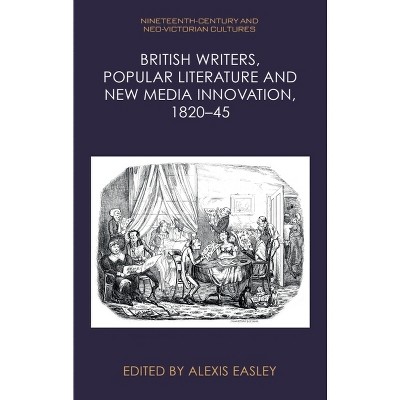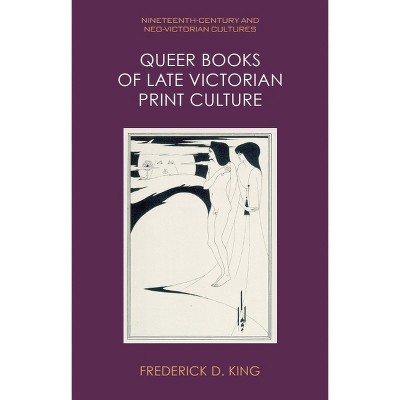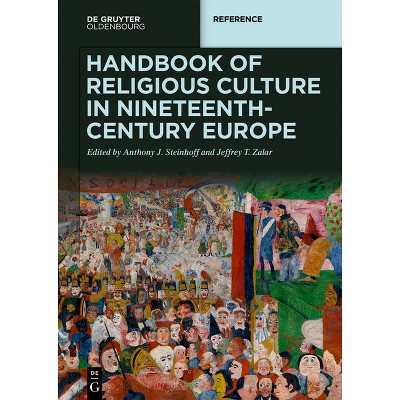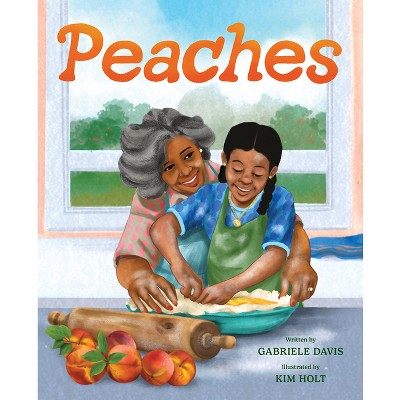The Nineteenth-Century Novel and the Pre-Cinematic Imagination - by Alberto Gabriele (Hardcover)

About this item
Highlights
- This book fills a gap in existing scholarship on the history of the novel in relation to visual culture by discussing the visual fascination that novelists such as Nathaniel Hawthorne, Herman Melville, Honoré de Balzac and George Eliot show for several types of pre-cinematic spectacle.
- About the Author: Alberto Gabriele is the author of Reading Popular Culture in Victorian Print: Belgravia and Sensationalism (2009) and The Emergence of Pre-Cinema: Print Culture and the Optical Toy of the Literary Imagination (2016).
- 246 Pages
- Literary Criticism, Modern
Description
Book Synopsis
This book fills a gap in existing scholarship on the history of the novel in relation to visual culture by discussing the visual fascination that novelists such as Nathaniel Hawthorne, Herman Melville, Honoré de Balzac and George Eliot show for several types of pre-cinematic spectacle. It also identifies a so far neglected aspect of novel theory that nineteenth-century authors elaborated by incorporating suggestions from pre-cinematic visual spectacles. By shedding light on forms of visuality that were not entertained by the dominant aesthetic modes of painting and photography, The Nineteenth-Century Novel and the Pre-Cinematic Imagination argues that the presence of nineteenth century pre-cinematic optical illusions in works of fiction redefines the notion of mimesis as animated movement and points to a continuity between pre-cinema, the literary imagination and the structures of knowledge production of the modern episteme.
From the Back Cover
This book fills a gap in existing scholarship on the history of the novel in relation to visual culture by discussing the visual fascination that novelists such as Nathaniel Hawthorne, Herman Melville, Honoré de Balzac and George Eliot show for several types of pre-cinematic spectacle. It also identifies a so far neglected aspect of novel theory that nineteenth-century authors elaborated by incorporating suggestions from pre-cinematic visual spectacles. By shedding light on forms of visuality that were not entertained by the dominant aesthetic modes of painting and photography, The Nineteenth-Century Novel and the Pre-Cinematic Imagination argues that the presence of nineteenth century pre-cinematic optical illusions in works of fiction redefines the notion of mimesis as animated movement and points to a continuity between pre-cinema, the literary imagination and the structures of knowledge production of the modern episteme.
Alberto Gabriele is the author of Reading Popular Culture in Victorian Print: Belgravia and Sensationalism (2009) and The Emergence of Pre-Cinema: Print Culture and the Optical Toy of the Literary Imagination (2016). He also edited Sensationalism and the Genealogy of Modernity: A Global Nineteenth-Century Perspective (2017). He has previously been a Macgeorge fellow at the University of Melbourne, Australia.
Review Quotes
"The Nineteenth-Century Novel and the Pre-Cinematic Imagination, he demonstrates that the early modernist novels have used visual strategies similar to the very first cinematic techniques of representation. ... his volume offers a transdisciplinary exploration of how two different mediums - the visual and the textual - make use of and critique new and classical mimetic tools of the nineteenth century." (Horațiu Tohătan, Metacritic Journal for Comparative Studies and Theory, Vol. 11 (1), 2025)
About the Author
Alberto Gabriele is the author of Reading Popular Culture in Victorian Print: Belgravia and Sensationalism (2009) and The Emergence of Pre-Cinema: Print Culture and the Optical Toy of the Literary Imagination (2016). He also edited Sensationalism and the Genealogy of Modernity: A Global Nineteenth-Century Perspective (2017). He is Associate Professor of English at Rome Link Campus University.
Shipping details
Return details
Trending Poetry


